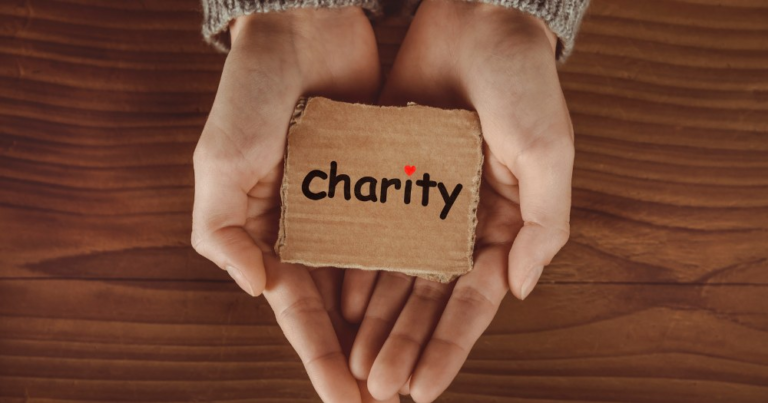Charitable donations may seem like small acts, but they have the potential to create a ripple effect that transforms entire communities, societies, and even generations. When you donate, whether it’s money, time, or resources, the impact can extend far beyond the immediate recipients.
Your contribution can catalyze a series of positive changes, affecting people you may never meet, and influencing outcomes for years to come.
Table of Contents
How Donations Contribute to Generational Change
Generational change is a profound transformation that happens over many years and impacts families, communities, and societies. Donations can be a powerful catalyst for this type of change. Here’s how a donation can set off a chain of events that ripple through generations:
1. Education and Empowerment
One of the most powerful ways donations can create generational change is through education. When you donate to an organization focused on providing educational opportunities, you’re giving children and young adults the tools they need to break the cycle of poverty.
Education empowers individuals, helping them secure better jobs, build businesses, and contribute to their communities. Over time, this benefits not just the recipients but their children, creating a more educated and empowered generation.
2. Health and Well-being
Donating to healthcare initiatives can also create a ripple effect that extends for generations. By supporting health-related causes such as medical research, access to healthcare, or maternal and child health, donors help improve the well-being of entire communities. Better health means individuals are able to contribute more effectively to society and lead more productive lives.
In many developing regions, access to basic healthcare can mean the difference between life and death. Donations to healthcare charities may fund vaccinations, medical treatments, and clean water initiatives.
3. Breaking the Cycle of Poverty
Poverty is a major obstacle to generational progress. A donation that supports economic development or financial literacy programs can help families escape the cycle of poverty. By providing microloans, job training, or access to financial services, donors can help individuals improve their financial situation and build long-term stability.
For instance, a donation to an organization that offers microloans to small entrepreneurs can allow someone to start their own business, create jobs, and contribute to the local economy. As the business grows and becomes successful, the financial benefits can extend to future generations, giving them better opportunities for employment and financial independence.
4. Social Justice and Equality
Charitable donations can also drive social change by supporting organizations that advocate for social justice, gender equality, and human rights. These types of donations work toward dismantling systemic inequalities and building more inclusive communities. As individuals gain access to equal rights and opportunities, they are more likely to thrive in a society that values diversity and inclusion.
Donating to organizations that work on gender equality, for example, can help provide women with access to education, job opportunities, and healthcare. These changes not only benefit women directly but also impact their families, communities, and the next generation. Empowering women leads to stronger families, better educational outcomes for children, and more stable communities.
5. Environmental Sustainability
Another important way donations can create generational change is through environmental sustainability efforts. Charitable donations that support environmental causes help to protect the planet for future generations. By funding initiatives to combat climate change, preserve natural resources, and promote sustainable practices, donors contribute to a healthier and more sustainable world.
As the global population continues to grow, the effects of climate change become more pronounced. Donating to environmental charities can help reduce pollution, preserve ecosystems, and protect biodiversity. These efforts are crucial for ensuring that future generations inherit a planet that can sustain life and provide for their needs.
The Long-Term Impact of Giving
The long-term impact of a single donation is not always immediately apparent, but it can be profound. Donations can create lasting social, economic, and environmental improvements that extend far beyond the initial contribution. Whether it’s improving access to education, increasing healthcare access, or supporting environmental conservation, charitable giving can create positive, generational change.
For example, one donation to a community development project can improve infrastructure, build schools, and provide essential services. Over time, this enhances the quality of life for local residents, providing them with the tools they need to thrive. As these improvements accumulate, the next generation will inherit a community that is more prosperous, equitable, and sustainable.


